|
|
A view of the Loftus Working Men’s Club which occupied the corner of the Market Place in Loftus under the then Loftus Council Offices. June Webster asks: “Does anyone know when Skinningrove Working Men’s Club was knocked down and rebuilt?” Can any of our viewers assist?
Image courtesy of Mrs Sakaropoulus and Keith Bennison; thanks to June Webster for that query.
A bulldozer on top, levels Liverton Mine shale heap. Can our knowledgeable viewers will tell us the year this happened? Karl Dale advises: ”I think it was flattened in 1984/1985, my dad is the one on the bulldozer”.
Image courtesy Eric Johnson and thanks to Karl Dale for the update.
The last winter view, before Liverton Mines shale heap was altered forever.
Image courtesy of Eric Johnson.
Liverton Mines shale heap, photograph taken from Kiltonthorpe, the summer before it was reduced in height and landscaped.
Image courtesy of Eric Johnson.
Two hills in the landscape, one artificial the other a natural formation, in the foreground Kilton Mine shale heap. In the distance on the right Freebrough Hill. An attempt has been made to keep the shale heap as a relic of the Ironstone Mining legacy of the area. But it would seem some of the tip has disappeared.
Part of the site has also become a Nature Reserve. The remaining buildings have deteriorated and are becoming dangerous.
Image courtesy Eric Johnson.
The sad and trashed interior of Kettleness Chapel, pictured in c.1980; originally the mission church of St John the Baptist and built in 1872. Lack of worshipper’s led to its decline, but now useful for another purpose, allbeit as a privately owned and used holiday home. Somebody still loves it!
Image courtesy of Eric Johnson.
Another view of the chapel at Kettleness after it closed, sadly with broken windows courtesy of the vandals; viewed from the road.
Image courtesy of Eric Johnson
The abandoned Chapel at Kettleness, originally the mission church of St John the Baptist and built in 1872. With a distinctive patterned tile roof, this sturdy well constructed buiding has been turned into residential use. In the background on the hill can be seen Scratch Alley Farm, which stood beside the site of the Roman Signal Station; demolished some years ago.
Image courtesy of Eric Johnson.
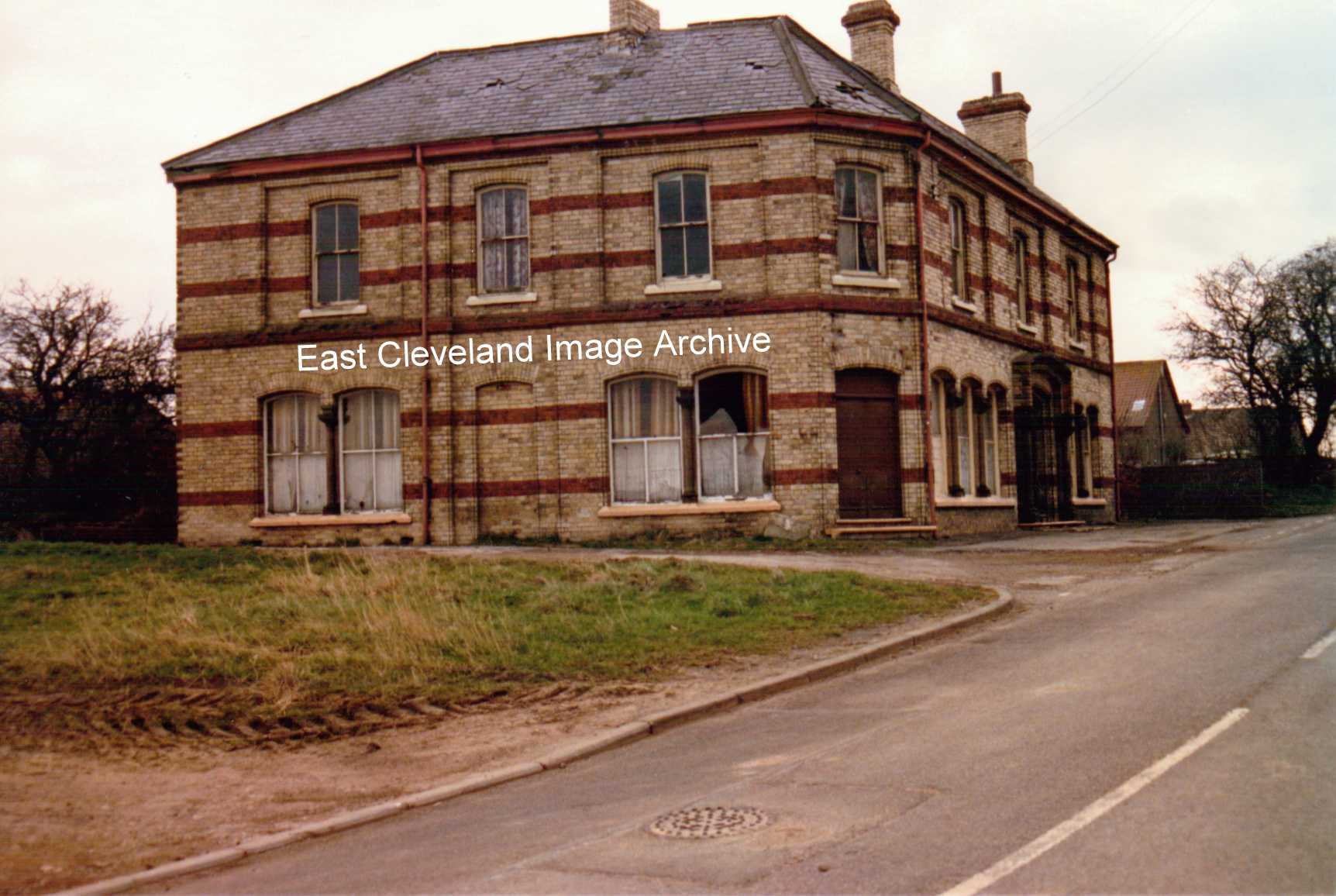
This image provoked many comments when first posted. A grand building at Moorsholm, shown in a sad condition, was intended to be a hotel, part of the proposed station buildings on Paddy Waddles Railway; which would run from Kilton Junction to Glaisdale and relics of this incomplete line can still be traced along the route. It was demolished in 1988. At the other end of the street was The Plough, later renamed ‘Toad Hall’ with a considerable reputation as a fine dining pub; closing in 2020 to become a private house. Ann Jackson told us: ”The house was owned by the Marsay family. My great grandad James Jackson was a stone mason and worked on Paddy Waddell’s Railway”. Lois Johnson queried: “My great grandfather, Daniel Johnson, lived in ‘Johnson’s Terrace’ in Moorsholm – that’s how I read the 1901 census handwriting. Can anyone tell me where this is? Is it what I see referred to as ‘Johnson’s Square’, which I believe is up the High Street on the right?” Ann Johnson assisted with: “Johnson’s Square is on the right at the bottom of the village just after a set of farm troughs called ‘Moorsholm Docks’. Johnson’s Square was built by David Johnson and his family. My great Aunt Margaret Ellen (nee Jackson) married David Johnson ‘junior”. Sara Johnson advised Ann with: “I believe we share distant family. Your great Aunt Margaret Ellen Jackson married my great great Uncle David Johnson”, and asked further Johnson family history questions. Pat Stearman entered the discussions with: “My great great grandparents (John and Margaret Dale) lived at 19 for 50 plus years until c.1932, when my great great grandfather died. I remember being told about ‘Moorsholm docks’ as a child and my great grandmother Ada Dale (nee Hodgson) has a very elaborate cross in the churchyard”. Ann Jackson added: ” My Jacksons came from Ribblehead to Easington where their father worked on building the Loftus to Whitby line. The docks are well known. I remember getting frogspawn out of them”. Rachael Armstrong (nee Marsay) tells us: ”I have been looking into my family history which has lead me to this page. This was My Great Grandparents home, My Grandfather George Marsay and his brothers Tommy, Monty, Joy and Lawrence were all brought up in the village. I had heard the family talk about Hillock House but it was demolished when I was very young. It is really lovely to see what it looked like.” Karen Atkinson advises: “Adamson Johnson was my great grandfather!”
Image courtesy of Eric Johnson and thanks to Ann Jackson, Pat Stearman, Rachael Armstrong and Karen Atkinson for the comments and updates. Many thanks to Terry Hatton for the update on both the Moorsholm Hotel and Toad Hall.
Middlesbrough F.C. team from the season 1907/08. One name is missing (in the torn part of the card); T. Wilson to the right of J. Thackery.
More famous of those pictured are Alf Common, the first £1,000 Transfer player in the English League in 1905; and Steve Bloomer with a transfer fee of £750 in 1906 Both these international players are seated either side of Lieutenant Colonel Gibson Poole; Chairman of Middlesbrough Football Club for many years.
Image courtesy of the Pem Holliday Collection.
|
|
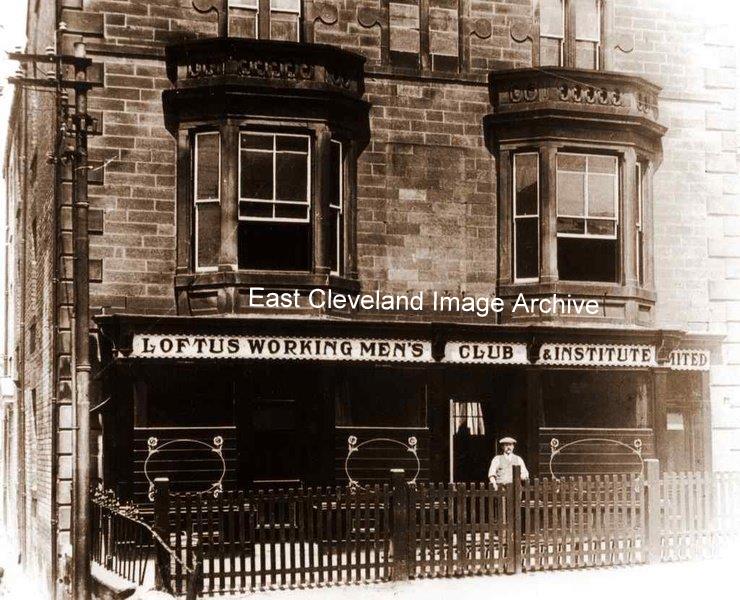
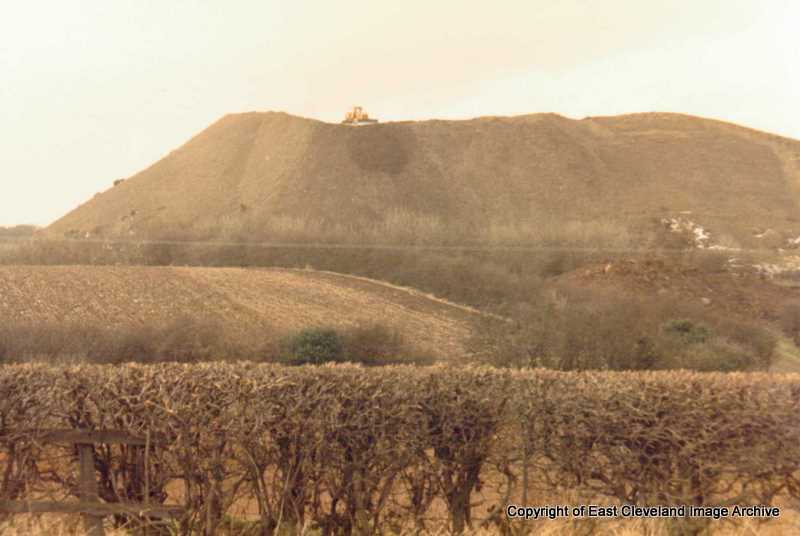
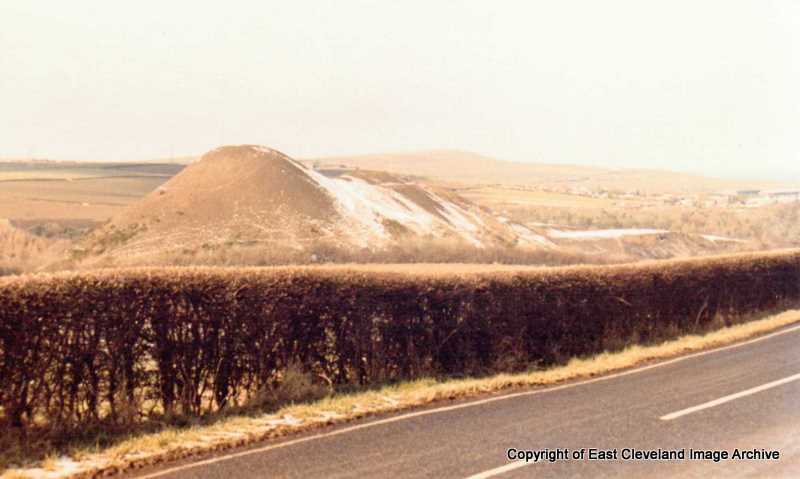
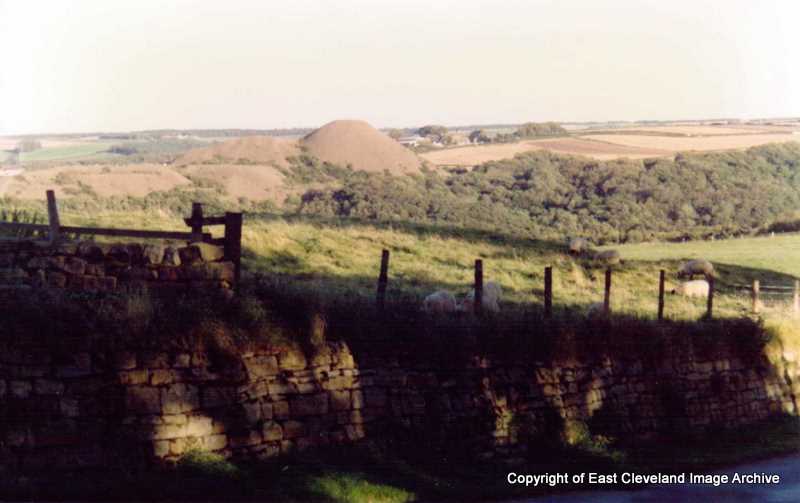
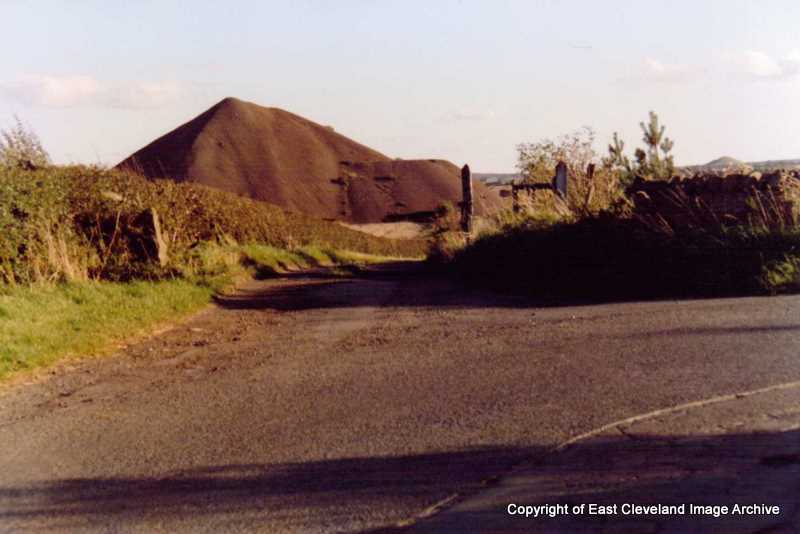
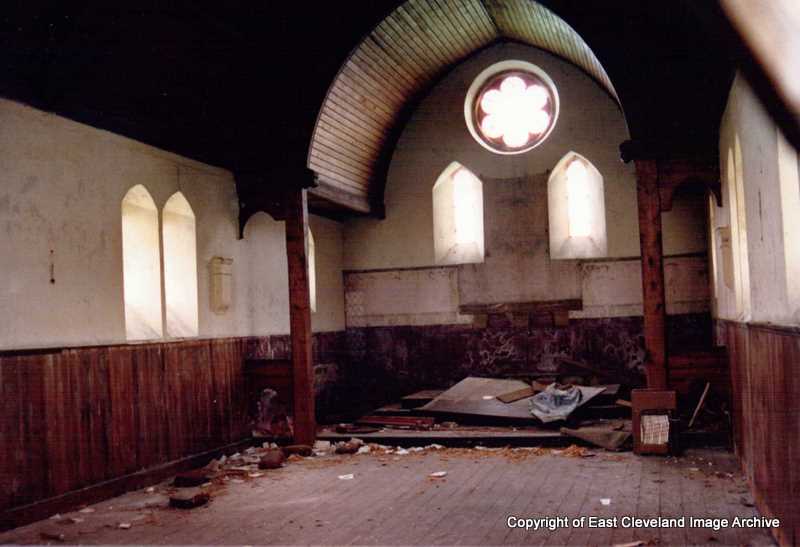
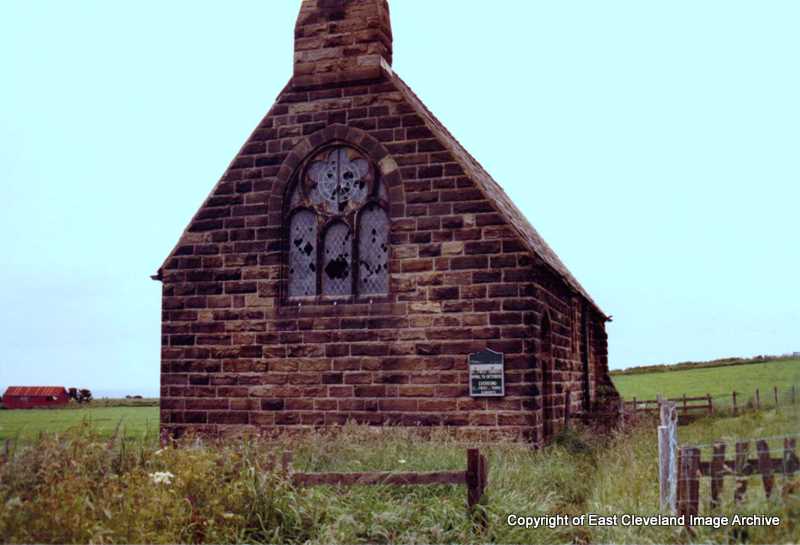
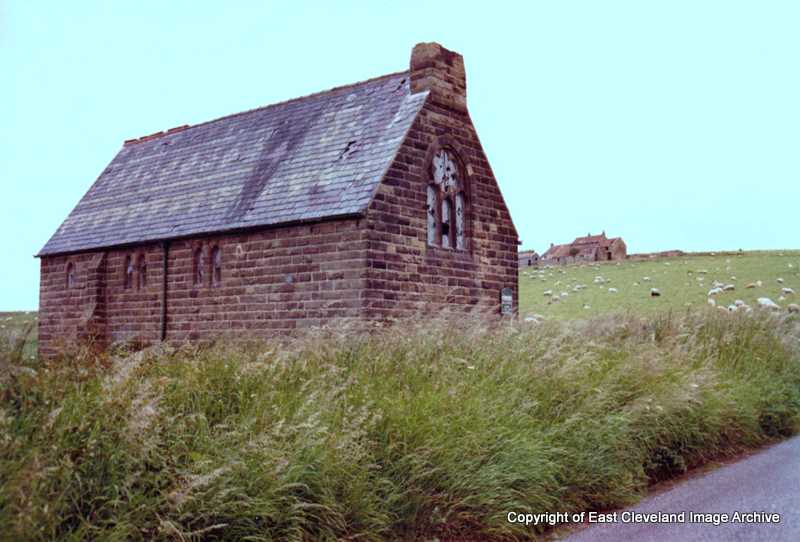

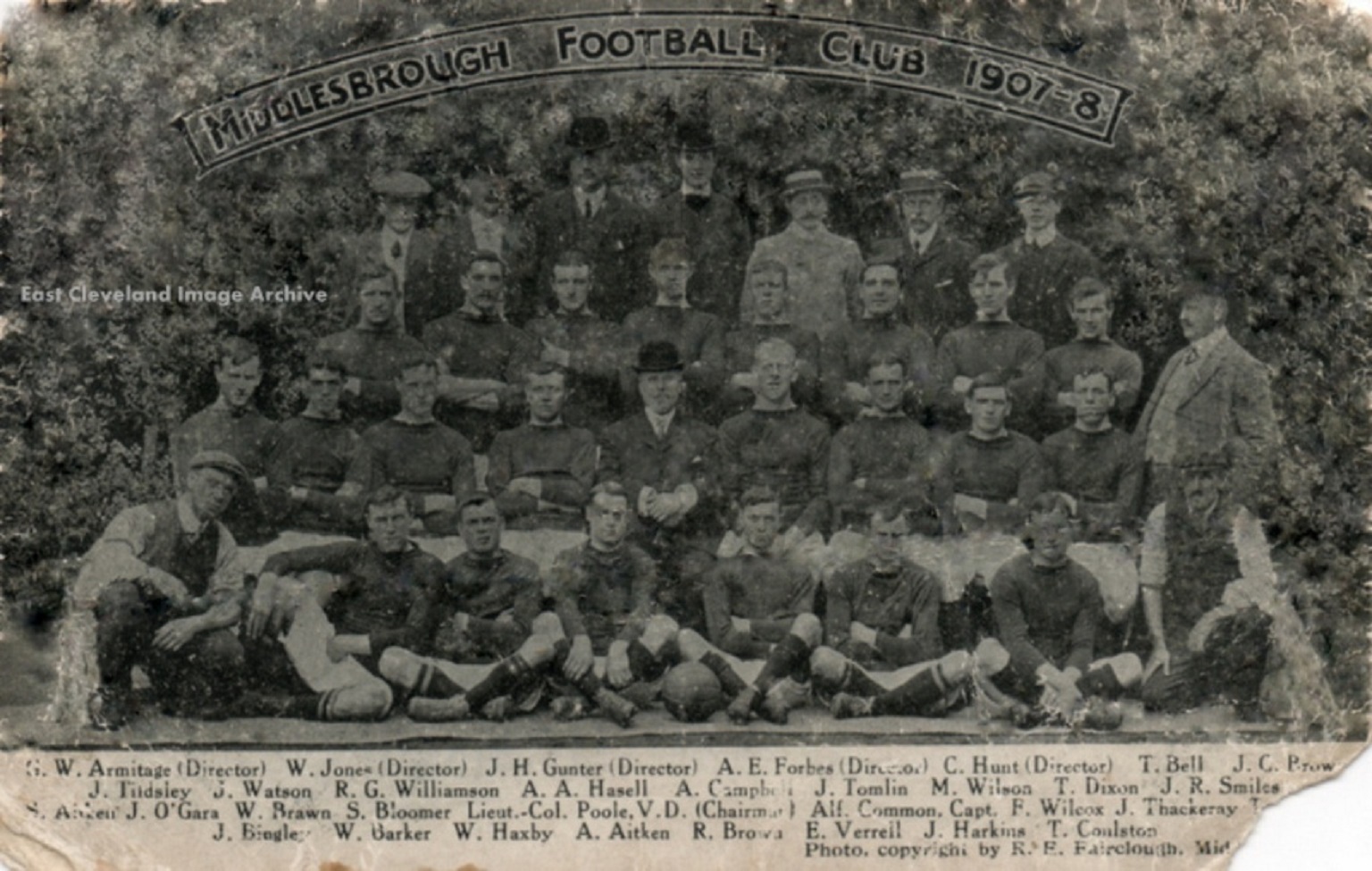
Recent Comments